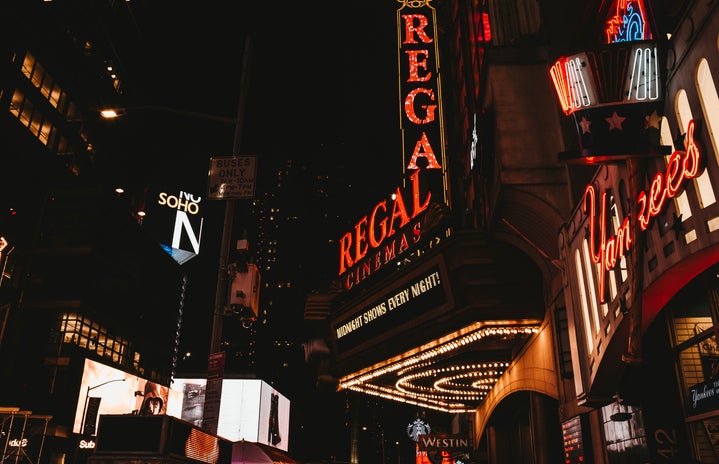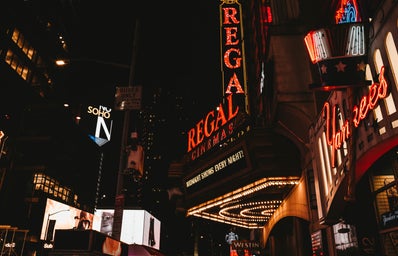The Hong Kong New Wave was a movement in the film industry between 1979 and 1995 in which directors sought to escape the clichés and stereotypes of the time and create a new aesthetic for productions.
Previously, during the 1960s, Hong Kong produced many kung-fu action films. One of the highlights was the actor Bruce Lee, who helped connect the country with the global audience. However, in the late 1970s, groups of directors shared a desire for change in the industry, who often treated films as money-making machines rather than as an art form. In addition, one of the impulses behind the movement was the training of these filmmakers abroad – and, when they returned to Hong Kong, they’d bring Western inspiration and references to their productions.
“The vast majority came from middle-class families and had the opportunity to study cinema abroad (USA or England). However, it seems to me that what was perhaps most decisive is the passage of these young filmmakers on TV. There, they were able to practice making low-budget productions in a short time… It is on TV that these young filmmakers will learn the realities of the local industry”, comments Julio Bezerra, journalist, film critic and one of the organizers of the show about the Hong Kong cinema held at the CCBB in 2018. Thus, they started to break away from stereotypes to show different aspects of their own culture.
Moreover, according to Julio, “one cannot forget the emergence of the first major competitor of Shaw Brothers, Golden Harvest – while the first followed the example of centralized Hollywood production, the second bet on independent productions and shooting outside the studios”.
Unlike mainland China, Hong Kong already had a more open culture in many aspects, which also helped to boost the international success of new productions.
“This is what the difference is between Hong Kong and Chinese cinema – Chinese cinema was made for their own communities. It was for propaganda. But Hong Kong made films to entertain, and they know how to communicate with international audiences.”
Wong Kar-wai
Among the most influential names in the movement are filmmakers John Woo, Ringo Lam and Tsui Hark. This new wave was divided into two phases; the first one is dated approximately until 1984. From that year forward we have the second wave, which was marked by more international attention.
Crisis within the movement
The digital revolution of the 20th century represented two forces for the Hong Kong New Wave: a production boom at the end of the 1980s, and an overwhelming crisis that took hold in the 1990s.
In addition, a huge economic crisis came to Southeast Asia, as well as bird flu and SARS. “Hong Kong’s film industry has collapsed. Not to mention the now more aggressive competition from Hollywood”, says Julio. The regional market began to shrink sharply and Taiwan and South Korea changed their quota policy in 1993. Alongside this, Steven Spielberg’s classic Jurassic Park overshadowed the other films at the box office.
Following this trend, according to Julio Bezerra, from 1993 to 1995, 25% of the thirty highest-grossing films in the Taiwanese market came from Hollywood and only four from Hong Kong. As the Americans’ “Taiwanese triumph” resulted in more than half of Hollywood’s revenues, companies began to realize that a large part of their future lay in Asia. “The region provided a third to a half of all a film’s foreign income”, explains Bezerra.
The 2000s for the Hong Kong New Wave
After the economic crises of the late 20th century and the strong presence of American producers in the region, Hong Kong films were no longer able to stand up to Hollywood production – and the young talents’ decision was to leave the Asian country.
As stated by Bezerra, “As the domestic industry languished, John Woo found success in Hollywood with Broken Arrow, 1996; Face/Off, 1997 and Mission Impossible II, 2000”.
The Asian legacy arrived in Hollywood with names like Ringo Lam (Maximum Risk, 1996, and Replicant, 2001), Tsui Hark (Double Team, 1997, and Knock Off, 1998), Peter Chan (The Love Letter, 1999), and, of course, Jackie Chan.
It’s worth mentioning that stereotyped versions of kung-fu fighters gained their own adaptations from Americans and Europeans. “Yuen Woo-ping, for example, signed the direction on the action scenes for the The Matrix series (from 1999 to 2003), the two Kill Bill movies (2003 and 2004) and some productions by Luc Besson.”
Thus, the 2000s recalled the prolonged fight scenes, but now in Hollywood blockbuster format and choreographed by names from Hong Kong. “Curiously, from the end of the 2000s onwards, the influence of Wong Kar-Wai, a filmmaker who, unlike the more traditional route in Hong Kong, made his name on the art circuit and at International Film Festivals “, concludes Julio Bezerra.
Five movies to get to know the Hong Kong New Wave:
- Dangerous Encounters of the First Kind (1980), by Tsui Hark:
2. The Story of Woo Viet (1981), by Ann Hui:
3. A Better Tomorrow (1986), by John Woo:
4. An Autumn’s Tale (1987), by Mabel Cheung:
5. Chungking Express (1994), by Wong Kar-wai:
The article above was edited by Alice Nakao.
Liked this type of content? Check Her Campus Cásper Líbero home page for more!


